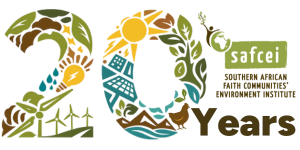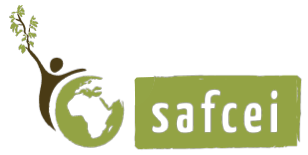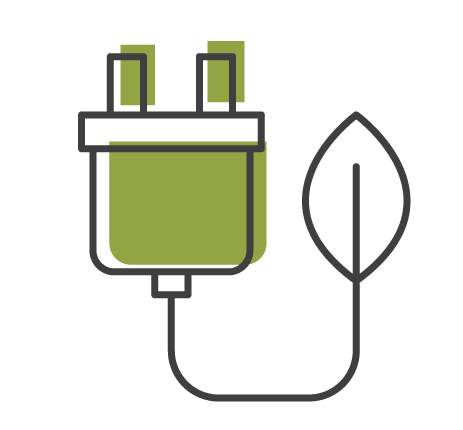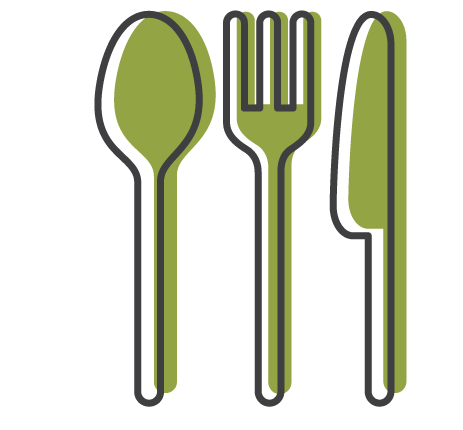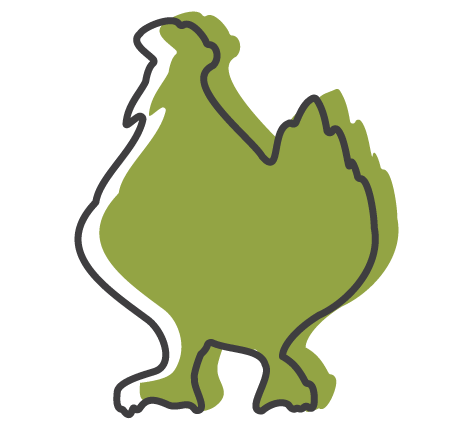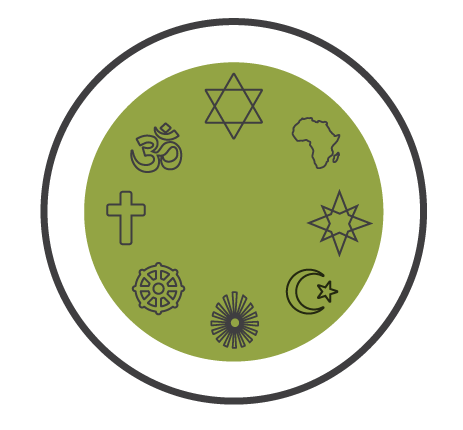Learning about the Northern Cape
- Published:
The almost eight-hour cross country drive from Kimberley to Okiep, 8km north of Springbok in the Northern Cape, took us through a sprinkling of neglected and forgotten towns and across two of South Africa’s most significant rivers, the mighty Orange and its main tributary, the Vaal.
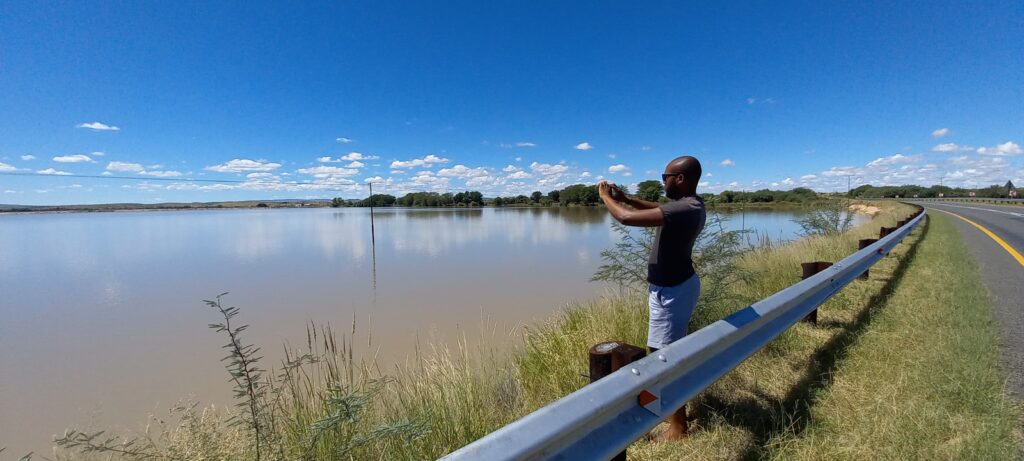
We learned from faith leaders at a Faith and Eco-Justice workshop the day before, that the past two years have seen a considerably higher rainfall than is common in this usually dry and arid region. The results were evident as we left the Kimberley in the early morning mist. The vegetation was green and the grass was high as we travelled west towards Okiep. No sign of the dry and arid conditions we were expecting until much closer to our destination.
The Northern Cape is South Africa’s largest province, but also its most sparsely populated. Towns are very far apart and not all of them have a petrol station or a coffee shop where travellers can refresh themselves. We drove 300km before we found, at the ironically named Groblershoop, an inviting Café tucked behind a petrol station. We wondered who Grobler was and what he hoped for, but there wasn’t anyone available to ask.

The channels of green vegetation are apparently usually confined to the rivers that criss-cross the province, the Orange River and its tributaries. Along the river, we observed beautiful orchards of fruit trees, and roadsigns told us we were on the Orange River Wine Route. We noticed some beautifully lush vineyards and learned that the Northern Cape is the premier Sultana producing region of South Africa.
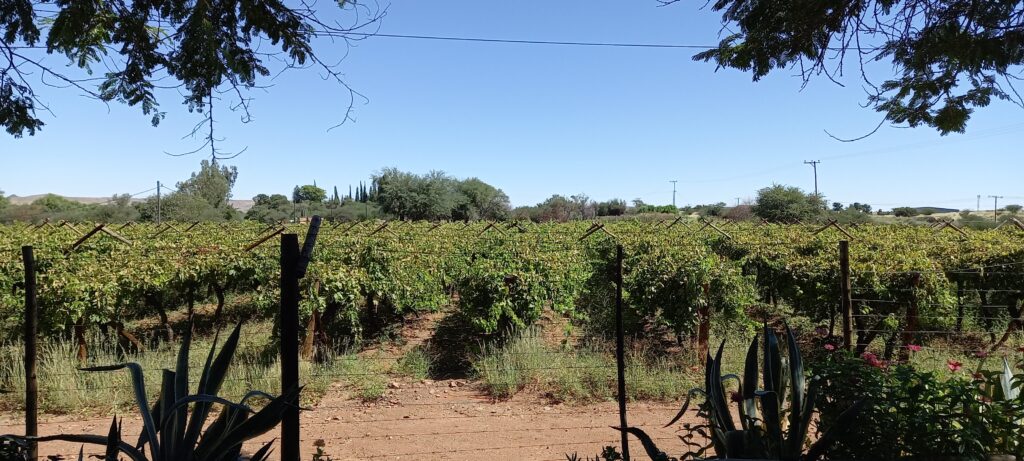
Around Koesmoes we became aware of more tourist activity, and that’s when the landscape became increasingly undulating, with hills later turning into spectacular rocky outcrops. Getting to Aggeneys, the mining activity caught our attention and we recalled our affiliates in the area speaking to us at length about the tendency of mining corporations leaving severe scars in the landscape and reneging on their commitments to rehabilitate mined land.
By now the landscape was extremely arid and tiny shrubs did their best to cover the baking red Kgalagadi soil. We saw a for sale sign on a farm fence and wondered what we would do with land here. Could it be cultivated, was it too stony? Had the land always been like that?
Finally, we reached the oldest mining town in South Africa, Okiep, named for the spring that produced brackish water. In the Khoekhoe language of the Nama people, the word U-gieb described the “large brackish place” that produced water of a similar colour to that which gave the Vaal River its name.
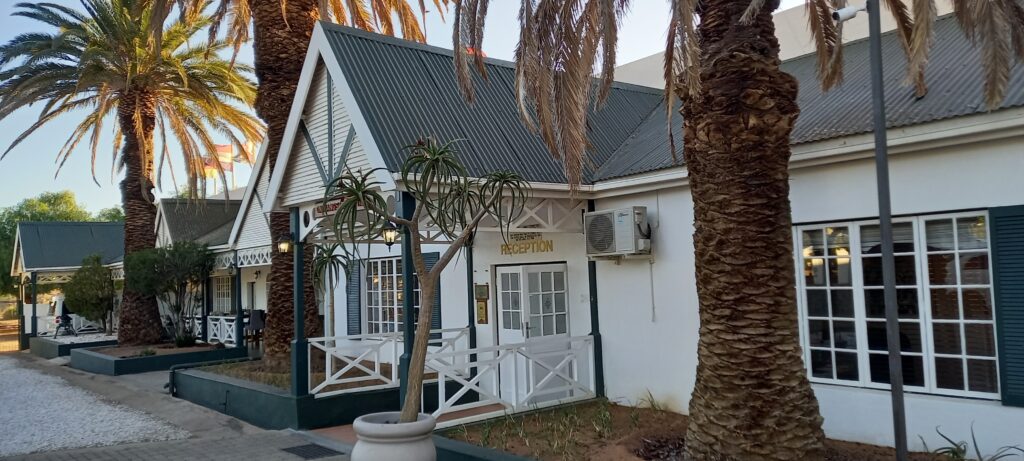
Copper was discovered in Okiep in 1855 and immediately, miners rushed to the area to seek their fortunes and an economic boom was created. The copper mine at Okiep was renowned as being the richest copper mine in the world until production ceased in 1918.
However, despite the outward appearance of neglect and disrepair of the local buildings and surrounds, mining for copper does still go on to this day and in 2021 Australian Mining company Orion Minerals acquired the Okiep Copper Project.
Diamonds and valuable minerals are not the only riches of the province. This is Namaqualand, synonymous with its famous early spring flower display which sees the landscape transform into an endless carpet of bright colour, drawing thousands of visitors every year.
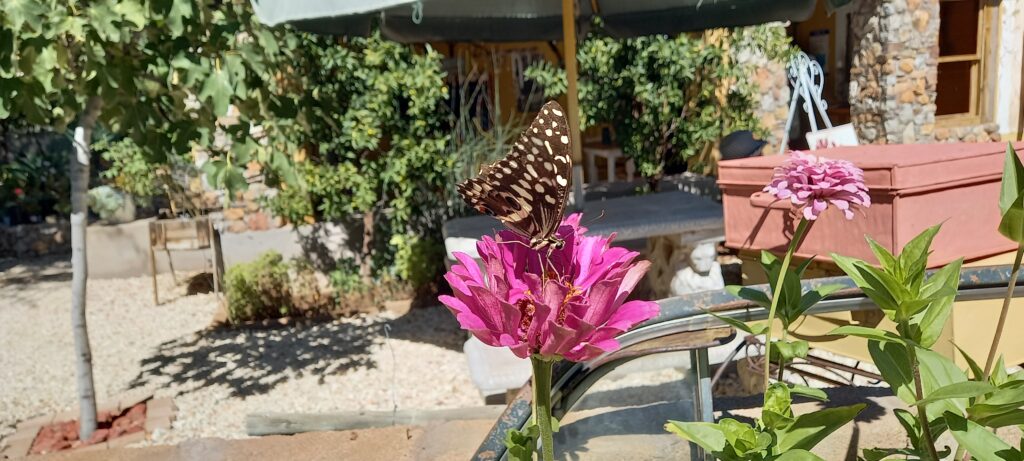
The beauty of the Namakwa landscape belies the growing disquiet that many Northern Cape residents feel about continued mining activities in their area and the ever-present concern about the toxic nuclear waste storage site on their doorstep. Vaalputs Radioactive Waste Disposal Facility is just 100km south east of Okiep and Springbok.
The World Nuclear Association website tells us that radioactive decay contributes about half of the earth’s heat flux. The half-life (the amount of time it takes for a given quantity to decrease by half) of uranium is estimated to be potentially billions of years.
These are some of the issues we will be discussing in our next workshop with a group of mostly Christian and Rastafarian faith leaders over the next two days.
Rev Berry Behr
Who we are
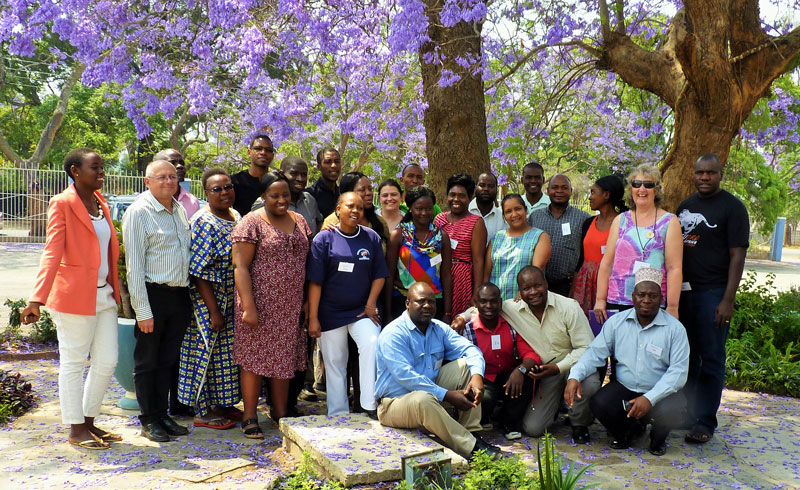
SAFCEI (Southern African Faith Communities’ Environment Institute) is a multi-faith organisation committed to supporting faith leaders and their communities in Southern Africa to increase awareness, understanding and action on eco-justice, sustainable living and climate change.
Featured Articles
-
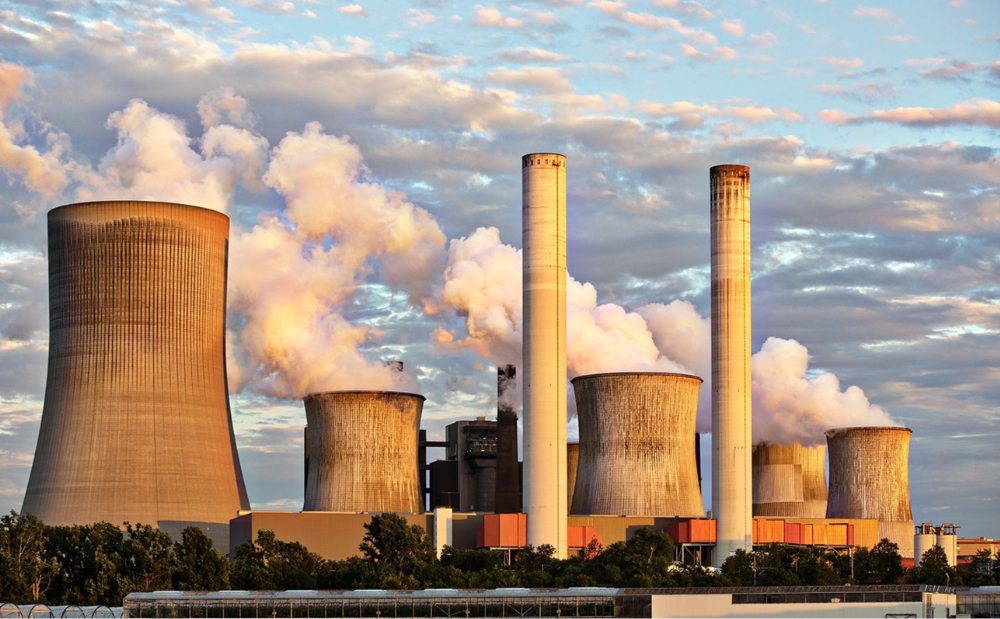
South Africa: Who Ends Up Paying If DMRE Cooks the Price of Nuclear Power?
-
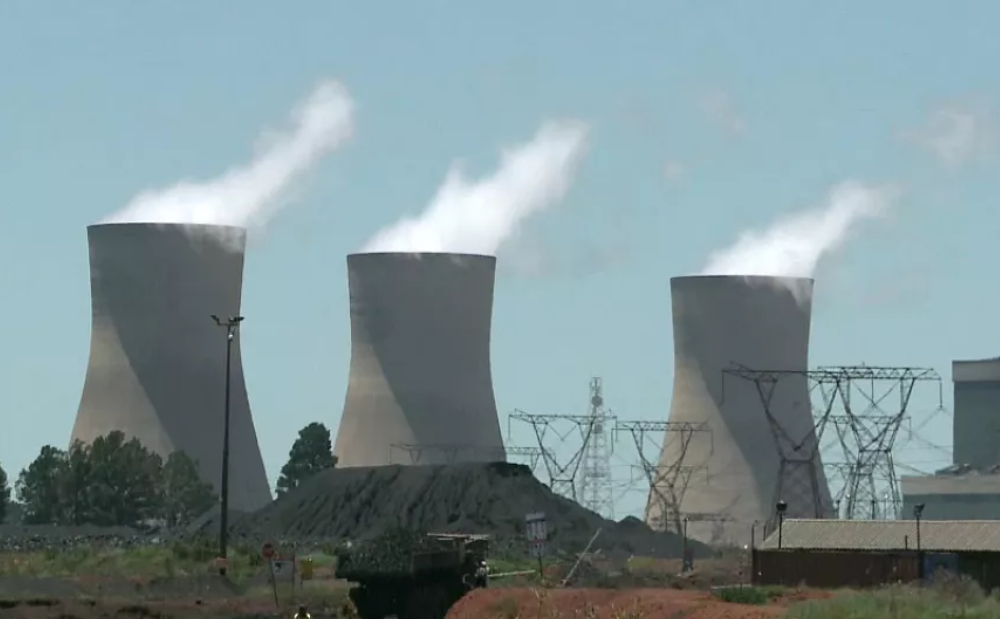
South Africa’s nuclear energy expansion plans continue to draw criticism, environmental NGOs chew over legal challenge
-

Earthlife Africa and SAFCEI respond to latest unsettling nuclear news regarding the ministerial determination
-
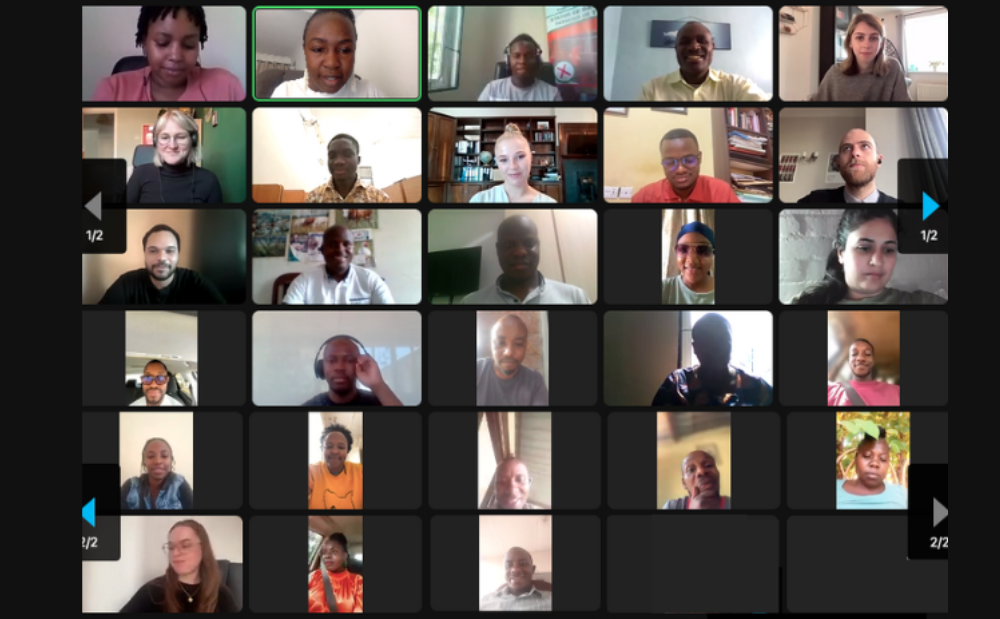
Open Wing Alliance Africa (Virtual) Summit 2023
-
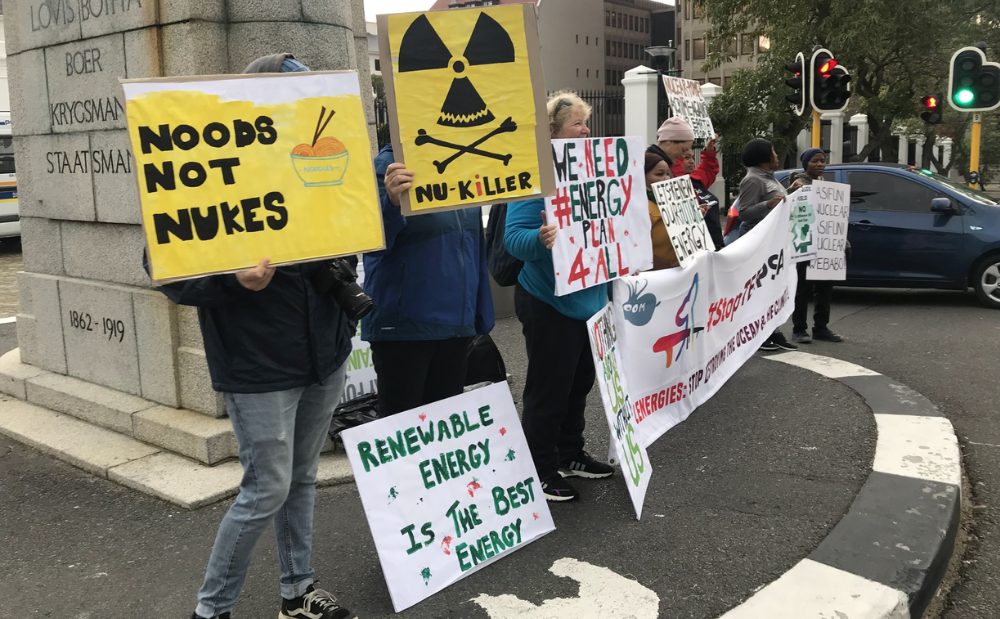
The Green Connection and SAFCEI respond to energy minister's divisive and deflecting comments
-

Job Vacancy: FLEAT Coordinator
